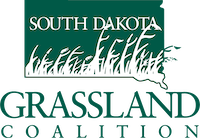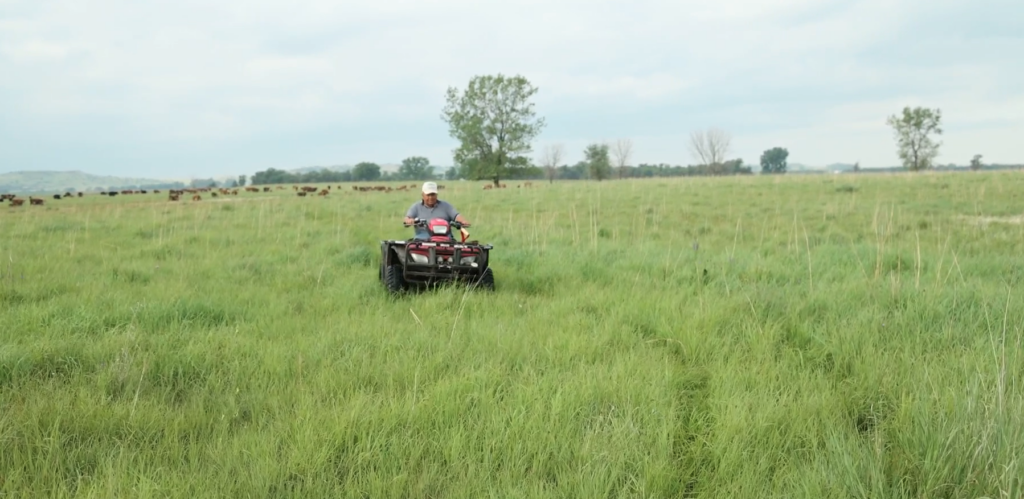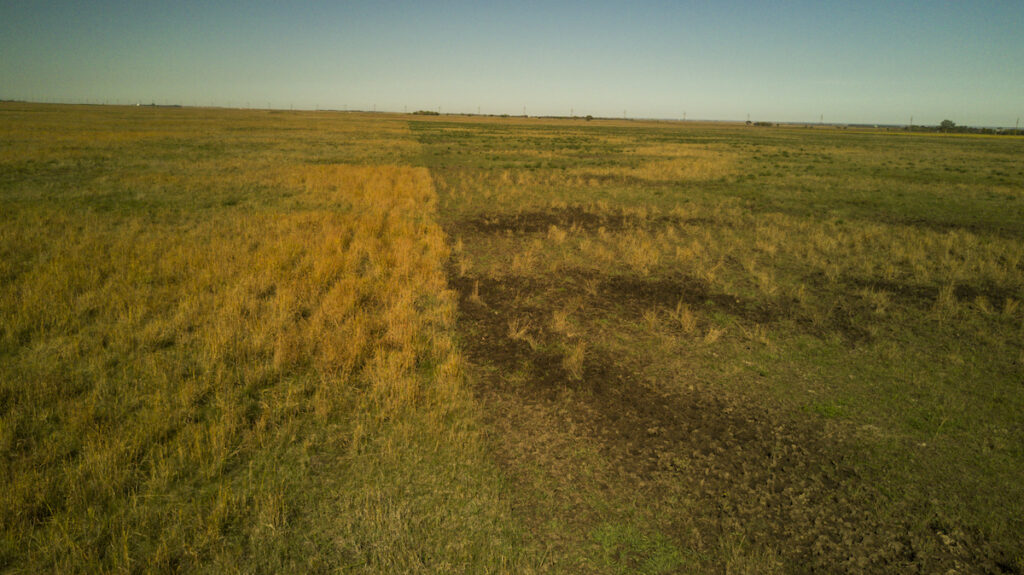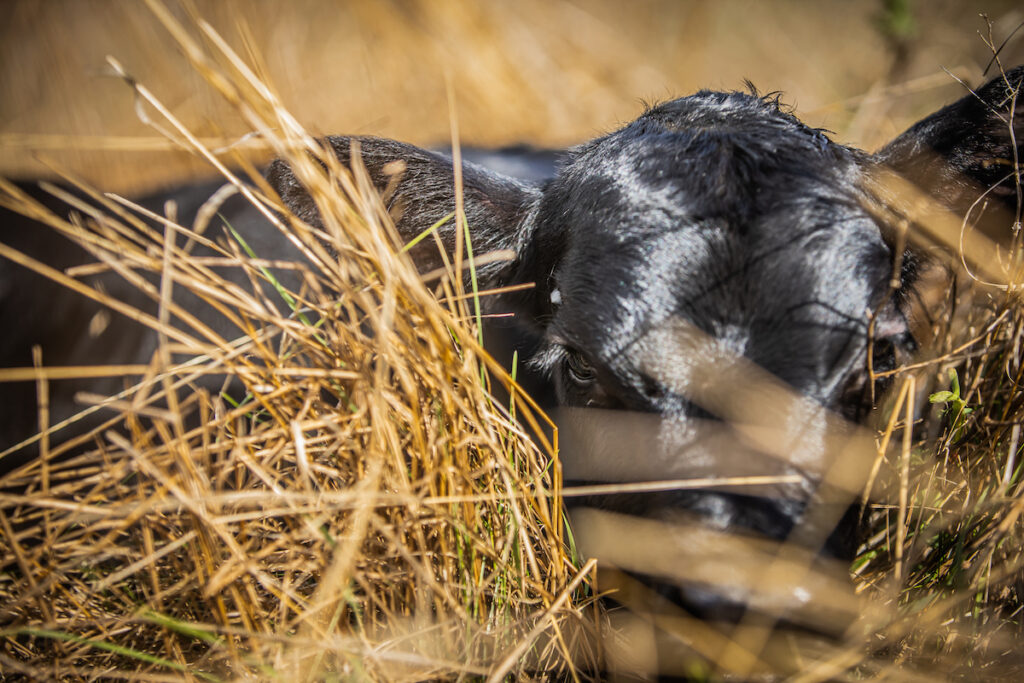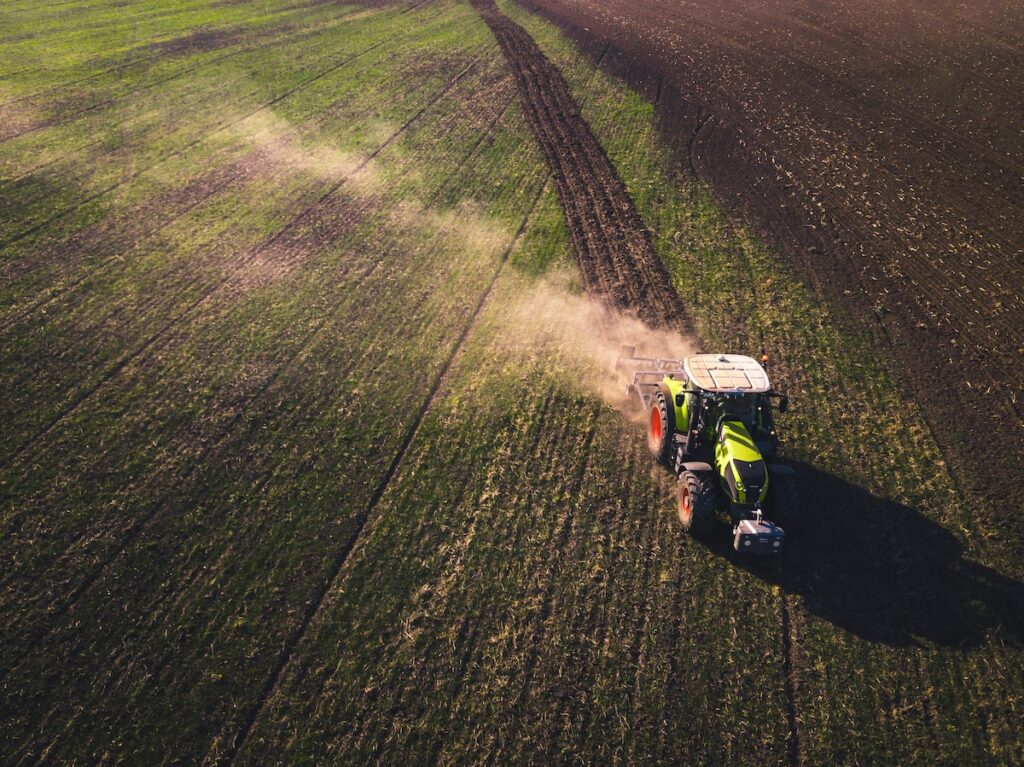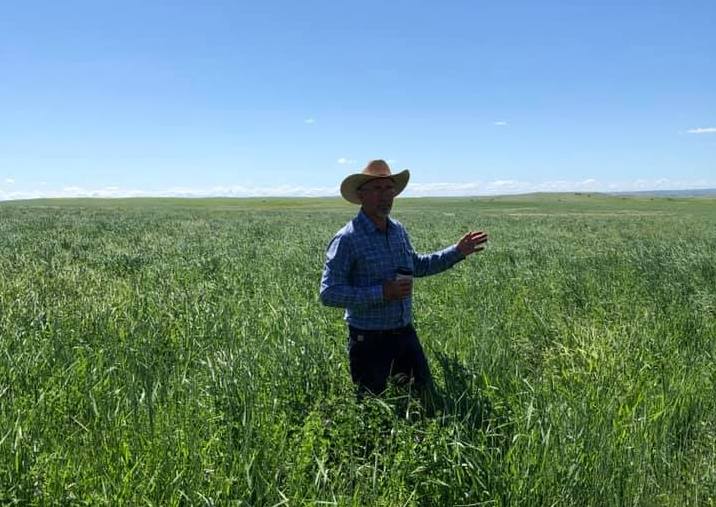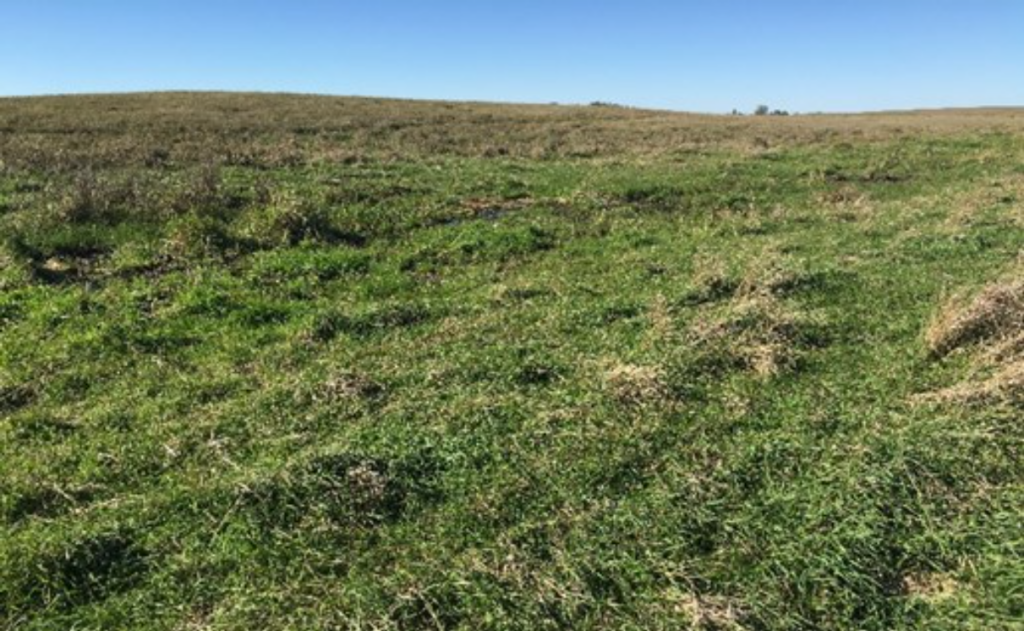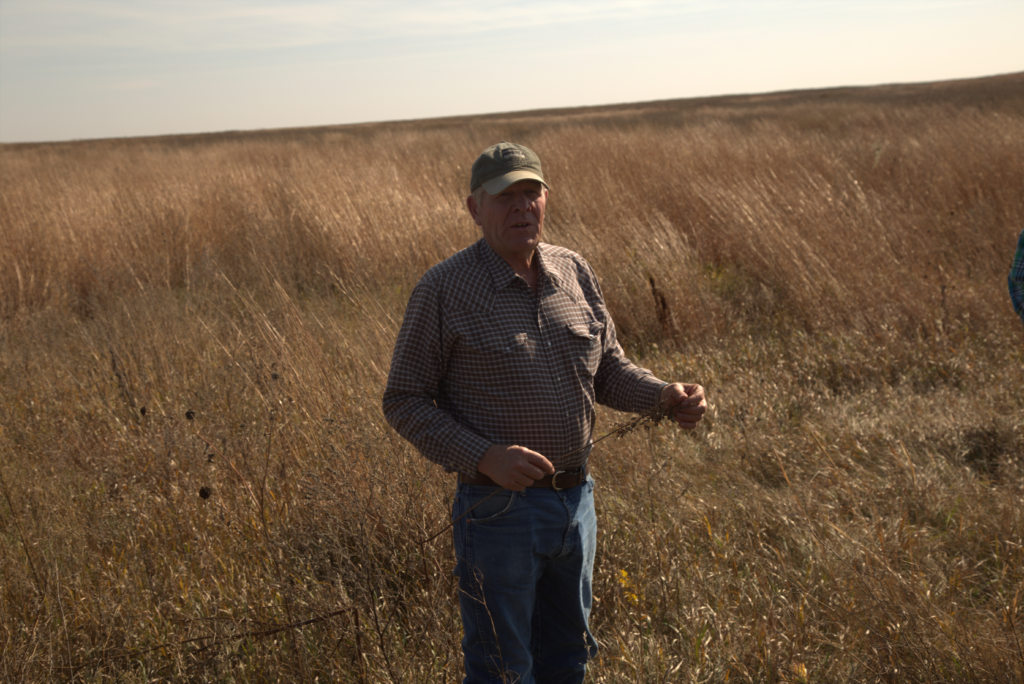Larry and Julie Wagner run a grass-fed beef ranch in the Bijou Hills near Chamberlain, South Dakota. When I asked Larry where his interest in prairie conservation came from, he told me
Adapting to the Prairies: Larry Wagner on Ranching in the Great Plains Read More »
